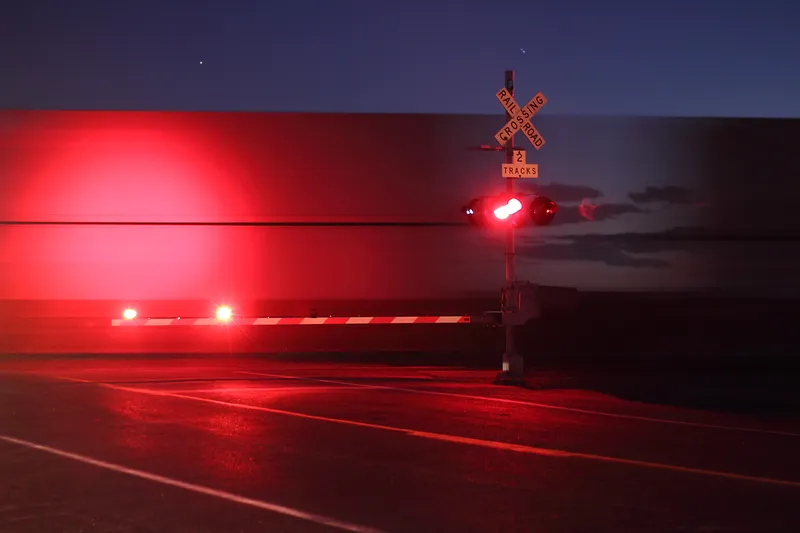In the wake of the December derailment of a New York passenger train that came off the tracks as it sped too fast into a turn, the Maryland Board of Public Works has approved a US$13 million contract to begin installing positive train control equipment, which uses GPS and radio signalling to react automatically if a collision or derailment is anticipated.
January 13, 2014
Read time: 2 mins
In the wake of the December derailment of a New York passenger train that came off the tracks as it sped too fast into a turn, the Maryland Board of Public Works has approved a US$13 million contract to begin installing positive train control equipment, which uses GPS and radio signalling to react automatically if a collision or derailment is anticipated.
The deadline for full implementation of the system is 2015, but costs and other issues are expected to delay this.
Two rail lines used by MARC commuter trains are owned and operated by the freight railroad7561 CSX. A third is operated by 2008 Amtrak. Both CSX and Amtrak are installing and testing their own vast networks of switches, signals, radio and communication equipment and operations centres associated with the technology, the companies said.
CSX is years away from completing the work and told the Federal Railroad Administration that it was not going to meet the 2015 deadline, said Ken Lewis, director of positive train control for the railroad.
The company already has begun installing new computers, interfaces and other equipment on about 2,400 of 3,600 trains, and has replaced signalling equipment on 2,400 miles out of 7,500 miles of track needed to meet the deadline.
It will begin field-testing software in a few months on tracks in the Carolinas, loading cars with ballast to test braking mechanisms associated with the system.
Amtrak has been implementing the technology since 2000, and it is already in place throughout the Northeast Corridor and operating in many sections, including in parts of Maryland, according to Craig Schulz, of the national passenger railroad. Amtrak expects to have the technology working throughout the corridor by the 2015 deadline, he said.
The deadline for full implementation of the system is 2015, but costs and other issues are expected to delay this.
Two rail lines used by MARC commuter trains are owned and operated by the freight railroad
CSX is years away from completing the work and told the Federal Railroad Administration that it was not going to meet the 2015 deadline, said Ken Lewis, director of positive train control for the railroad.
The company already has begun installing new computers, interfaces and other equipment on about 2,400 of 3,600 trains, and has replaced signalling equipment on 2,400 miles out of 7,500 miles of track needed to meet the deadline.
It will begin field-testing software in a few months on tracks in the Carolinas, loading cars with ballast to test braking mechanisms associated with the system.
Amtrak has been implementing the technology since 2000, and it is already in place throughout the Northeast Corridor and operating in many sections, including in parts of Maryland, according to Craig Schulz, of the national passenger railroad. Amtrak expects to have the technology working throughout the corridor by the 2015 deadline, he said.









